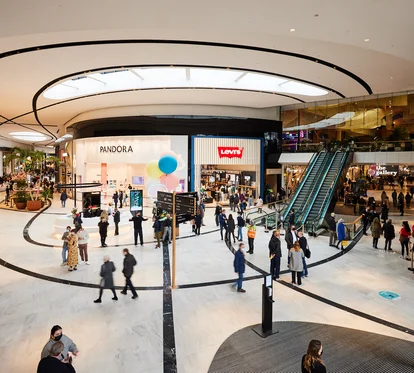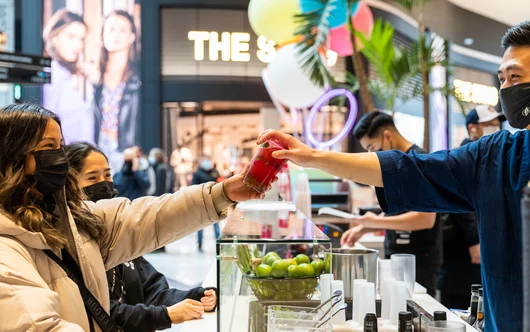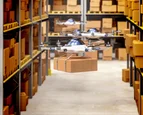Centric likes to make this process simple by offering software to support a complete omnichannel customer journey, whatever it looks like. “We help retailers to successfully connect with consumers,” explains Willem Bekkers, Strategic Product Manager for Retail.
Many people browse the shops in town looking for something to entertain them and surprise them. They casually stroll past the shelves, seeking inspiration. Retailers are responding to this by enticing consumers with a unique experience – a cooking workshop or running clinic, for example. Bekkers refers to this phenomenon as ‘attraction’. But there is another factor to bear in mind: time starvation. People are cramming more and more into their day, and that leaves little time for shopping, which consumers expect to be fast and efficient. Many prefer to check whether an item is in stock in advance and then pick it up quickly or have it delivered to their home. These two contradictory needs mean retailers are at a strategic crossroads: will they opt for experience and temptation...or for speed and efficiency? Bekkers says, “Sometimes the best solution is a combination of both. Whatever the goal is, the choices retailers make determine precisely how they need to be using technology and structuring their logistics.”





